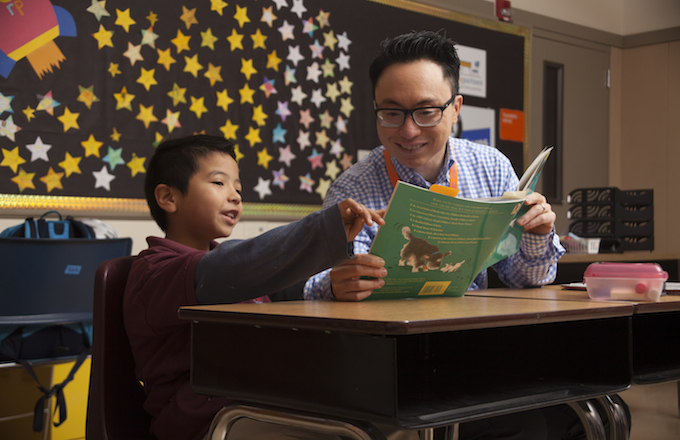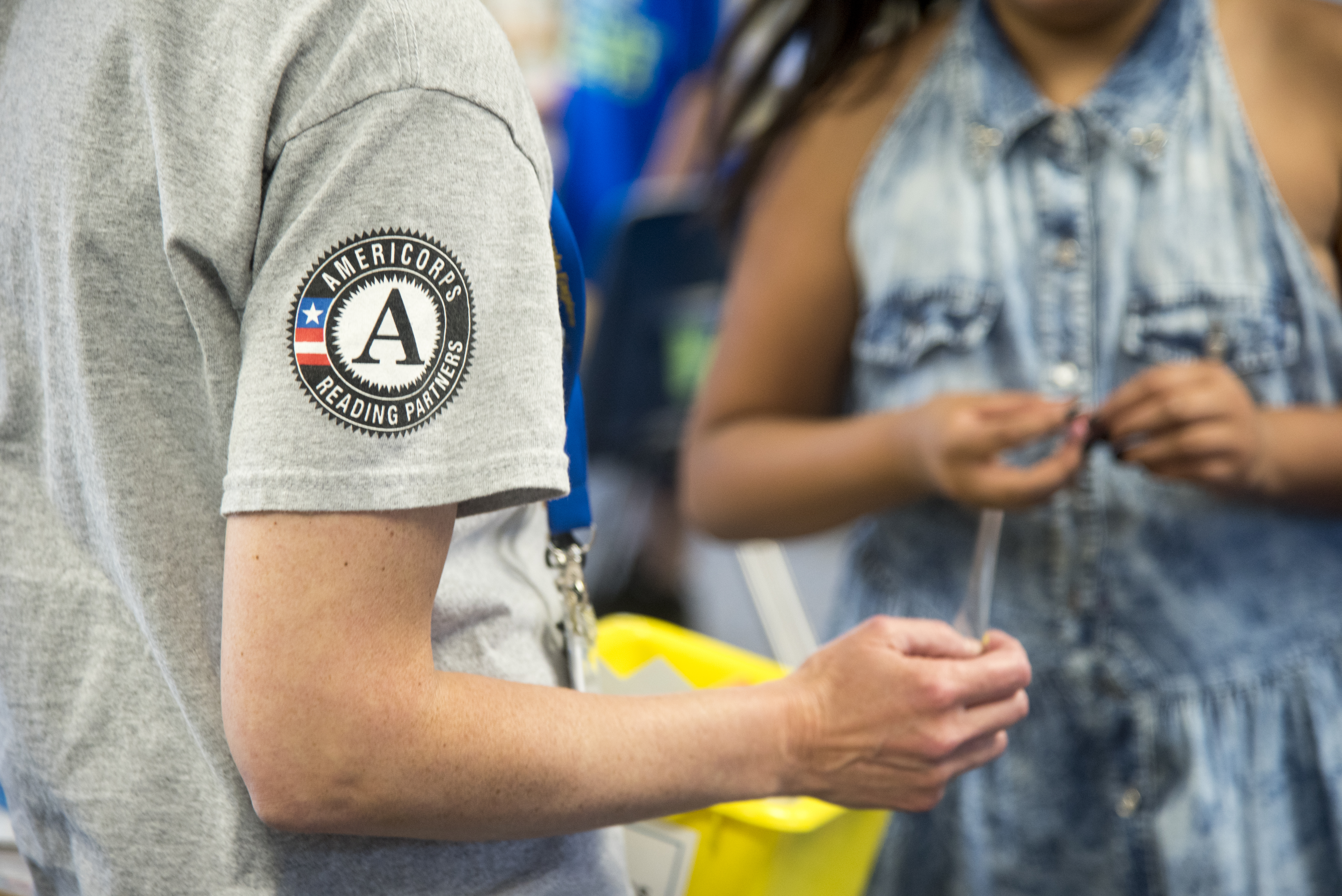February 23, 2016
6 tips for setting up your home for reading success

You have undoubtedly heard about the value of reading aloud to your child — it builds listening comprehension and is an opportunity to teach comprehension skills that children can use when reading on their own. But you may be asking yourself, “How do I find time for this in my already busy day?” As the parent of two young children, I know that a day filled with the job of running a household — cooking, school, cleaning, doing homework, and getting to bed on time among other things — feels jam-packed. Finding a time and place for reading can be difficult, but the benefits are well-worth the effort. Making reading a habit by creating spaces and times for reading can help you, and help your kids remind you, to read together.
A lifelong love of reading starts at home
Making reading an enjoyable routine in your home will help spark a passion for reading in your kid(s). There are some really simple steps even the busiest parents can take to make reading a priority in the home.
- Find your reading space. Spaces to read in your home can be as simple as a cozy chair, the kitchen table, or a rug on the floor. Choose a place where there is enough room for you and your child(ren) to sit together, either side-by-side or with your child on your lap. We have a chair in our house that we always call the “reading chair” and whether we’re sitting in it to read or it’s piled with laundry to fold, having that name is always a reminder to read.
- Make book bins. Keep books in bins or boxes in each of these designated reading places around your house so that something to read is always nearby. You can usually find cheap bins big enough to hold books at the dollar store or make your own out of an old cereal box or a magazine file from an office supply store. In addition to filling these boxes with books, pencils and notepads or magazines are also great additions that contribute to reading and writing together!
- Read the same book over a few days. During busy days of work and school, finding time to read is especially challenging. If you don’t have time to read an entire book in one sitting, break it up and read it over the course of several days. Use that as an opportunity to practice reading skills like summarizing to review what happened the last time you read together. While this is a natural strategy with chapter books, it can work for picture books too. My kids often interrupt each other’s storytime, and I always put a bookmark in their short picture books to teach them a habit they can carry with them as they grow as readers.
- Have a reading schedule. Build routines into your day so that reading becomes part of your daily schedule. Reading a book before bed is a classic tradition but why not read during breakfast, while giving kids a bath, or right after school too? Whichever time you choose, stick with it for a couple weeks so that both you and your child come to anticipate it and can remind one another.
- Take a trip to the library. You don’t have to make a big financial investment to increase the number of books to read together. Local libraries are an excellent way to refresh the books available to read in your home. Your librarian can help in selecting books that are appropriate for the age of your children and that match their interests. And the best thing about library books is that if you don’t like it, you can return it and get something else for free! If there isn’t a library near your home, talk to your child’s teacher or principal about borrowing books from the school collection. You can also search for a nearby Little Free Library in your area to build your book collection!
- Re-read family favorite titles. There’s no need to constantly replenish your book collection with new titles. Re-reading books is beneficial for children, as it allows them to deeply understand the characters and plot of a story while also setting them up to be able to read the book on their own. Even the youngest children can “read” a book to themselves by looking at the pictures and retelling a story familiar to them. Whether you have 10 books or 10,000 books at home, re-reading old favorites can be a fun part of reading together.
Reading aloud goes both ways
Finally, reading aloud does not have to be a one way street. Although your child will certainly love to sit and listen to you read, you can also have them read to you. For preschool-age children, this may mean looking at the pictures of familiar books as they “read” you the story they remember while older children can read books from school or of their own choosing. As your children grow, they may not read each page perfectly but your enthusiasm and support will demonstrate that their effort is valuable.












